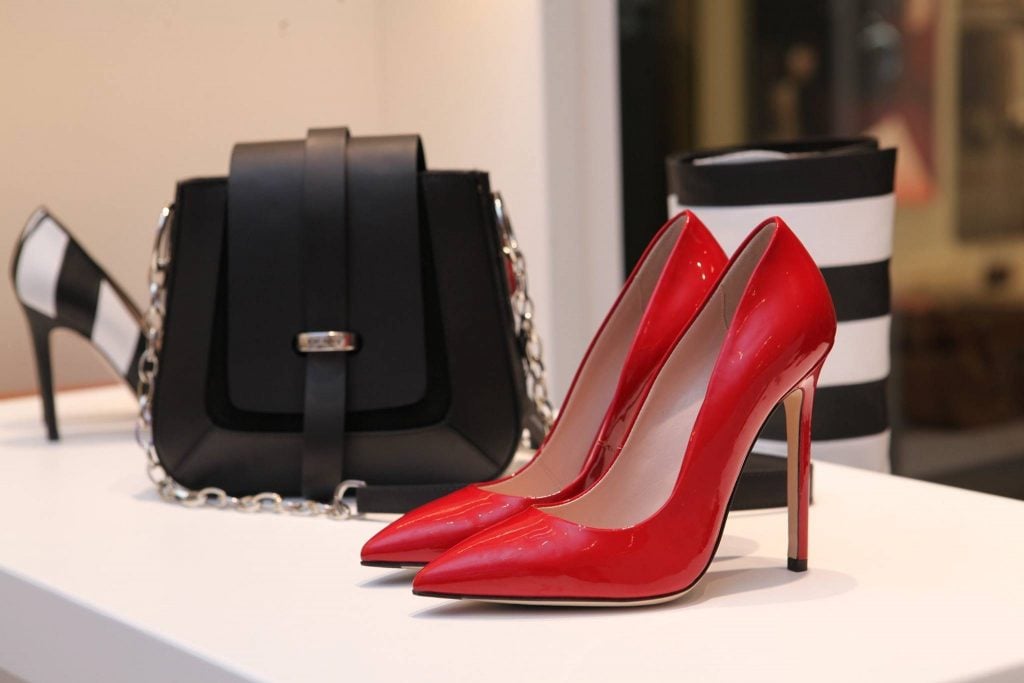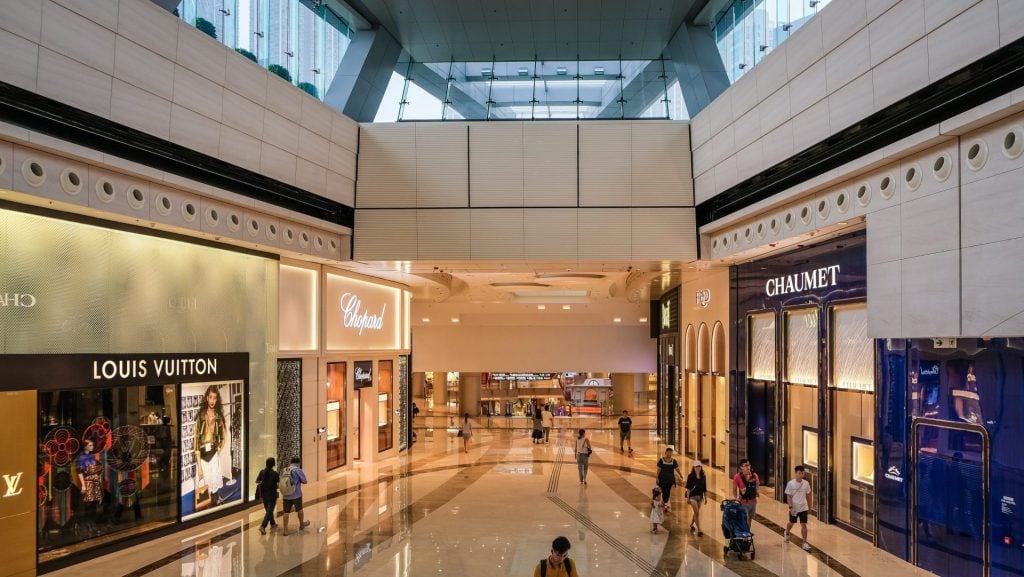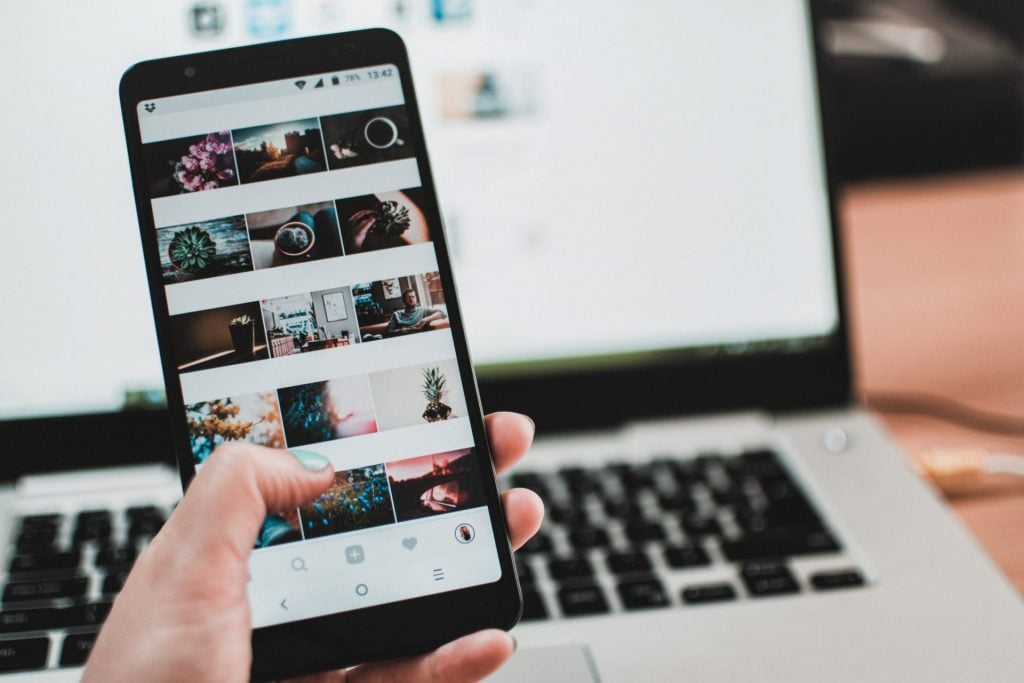BLOGS
Market Factors Behind Luxury Boom in the Philippines
Compared to its neighboring countries, the Philippines is not one of the top destinations that come to mind when shopping for luxury goods. There was a time when luxury brands were hard to come by in the country. Fortunately, classic heritage labels and niche designers have started to pop up in the Philippines over the years. The easier access to these items led to a so-called “luxury boom” in this Southeast Asian country.

The Luxury Market and the Digital World
During the pandemic, the luxury goods industry took a major hit. At the height of the global health crisis, most industries embraced the strong call for innovation in their sales processes. However, being an industry founded on tradition, it became a battle between exclusivity and accessibility with these luxury companies. In the end, many were still able to adapt by sticking to tradition along with a sprinkle of modern strategies.
Luxury Boom in the Philippines
As a developing country, the Philippines may not be among the top destinations for luxury consumption. This can be attributed to Filipino consumer preferences which prioritize value for money and greater convenience rather than style and design—priorities that are not so much aligned with luxury shopping.
On the other hand, the Filipino people are among those who are most active digitally. Accenture released a report stating that by 2022, the number of digital consumers in the Philippines is projected to rise to a whopping 73 percent of its total population. This digital activity is mostly the reason why more and more Filipinos started to become informed and eventually took an interest in the luxury industry.

Market Factors Leading to the Philippines’ Luxury Boom
Wondering how the luxury industry finally had its breakthrough in the Philippines? Here are several market factors behind the luxury market’s “boom” in the country.
Digital Marketing
Massive digitalization efforts started at least a decade. Some countries were able to adapt early, some were way behind. There was a clear direction back then, but industries were moving at their own pace. However, the COVID-19 pandemic happened. The entire world was “forced” to go digital at the fastest rate possible or risk disappearing from the great volume of individuals and businesses going online.
Since then, communication has shifted to digital. Everything done face-to-face, with the eased restrictions across the globe, should still have its digital counterpart. This is how the world works now. Gone are the days when tradition could be the only option. Building an online presence is key to most everyday interactions.

Digital marketing has become even more popular these days with the help of popular social media platforms that are considered key for information dissemination all over the world. People, especially the younger ones, are reached using these media channels. These social media platforms are the best way to get the business known and going. It is the key to survival in this ultra-fast-paced world. By now, many luxury brands have already built their online presence in these online spaces to send their message to their target consumers.
Going digital is a proven way to reach people, or at least in the Philippines. This is why digital marketing is one of the market factors behind luxury boom in the country.
Shopping Mall Culture in the Philippines
Foreigners visiting the Philippines often observe the Filipinos’ fascination with shopping malls is huge. It is because shopping malls in the Philippines are not just places to buy necessities but a place for relaxation. It is the people’s weekly “outing” destination.
Shopping malls in the Philippines have everything: fancy restaurants, amazing shops, grocery stores, aesthetic cafes, movie houses, play areas for kids, random photo areas, and even celebrity shows. Some are even located near casinos, where there are more than half of Chinese consumers. This is why shopping malls are always packed, especially during the weekends. Many Filipinos prefer to walk around them rather than stay home all day on their rest days.
As an increasing number of Filipinos became fascinated with luxury purchases, many luxury brand boutiques started to open physical stores in the country inside high-end shopping malls to cater to wealthy consumers. Moving forward, it can only grow bigger for the luxury sector in the Philippines as the next generation starts to grow up with access to such items.

Celebrity Influence
Like many countries, Filipinos watch and follow celebrities. The fandom culture is huge in the Philippines and goes a long way back. These days, it seems to have grown way bigger with the popularity of Korean artists all over the world. Concert venues in the Philippines that houses K-pop acts are always packed with Filipino audiences.
Unlike the Philippines, the luxury industry in South Korea is huge. Following celebrities from the said country introduce younger Filipinos to the luxury market and helps them to become more well-versed with classic label. Eventually, some of them become luxury consumers themselves. The influence of celebrities is undoubtedly a proven way to get brands’ names across for generations.

Availability of Entry-to-Luxury Segment
The world has changed tremendously in the course of two years. The recent crisis hit the reset button for some luxury businesses and started to redefine their brand identity.
These days, several luxury brands started to introduce an entry-level luxury market for those new to the industry. Without changing their brand entirely, entry-level luxury consumers still appreciate the authenticity of the goods and the brand’s services. And it works because, aside from the luxury goods, many consumers are concerned about the brand’s story. Luxury purchases, more than being a monetary investment, are emotional ones. Luxury consumers pay for the premium and exclusive experience from their transaction with a luxury brand (for example, a Louis Vuitton handbag). This helps consumers affirm their identity and gain more confidence.
Reaching Millennials and Generation Z
The majority of the consumer market these days is the millennials. They now make up the majority of the labor force. They are the ones who are making and spending the most money. Gen Z, on the other hand, is starting to enter the workforce. They are also the most active ones digitally. Soon enough, Gen Z will take up a significant population in both the workplace and the consumer market.
This is why it is important for businesses to reach these two segments. Building a strong connection with these two generations is instrumental for the future growth of their label and the luxury market.
Experience Luxury Living in Brittany Homes!
Luxury goods and services have a target market for a reason. This means they are not for everyone. Some people think that luxury purchases are reasonable, and some think it is conspicuous consumption. Whatever the consumer’s mindset on this is, luxury items have been thriving for centuries because there are undeniable advantages that come from purchasing them.
When it comes to real estate, purchasing a luxury home for those who have the means to do so is definitely better because of the special features and amenities that come with them. These do not usually go with other real estate properties intended for other income segments. Still, it will be a worthy investment if it allows homeowners to experience beauty, sophistication, convenience, and comfort inside their homes.
Invest in your own luxury home with Brittany Corporation! Read more about their extensive portfolio of luxury real estate properties by visiting their properties page or following their social media pages.
Suggested Read: Investing in Luxury Real Estate: Next Move of Millenials
Suggested Read: Best Celebrity Walk-In Closets In The Philippines
Suggested Read:The Best Celebrity Homes In The Philippines
Suggested Read: Meet Pietro, Your Luxury Dream Home
Suggested Read: Why Invest In Santa Rosa Laguna?

















